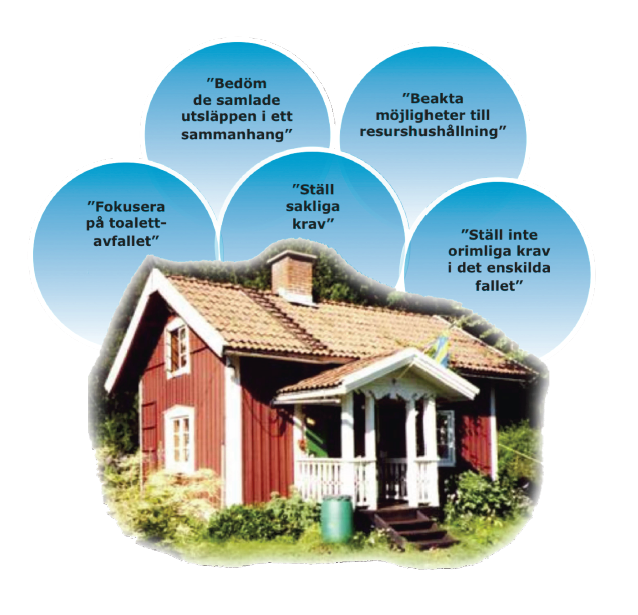Your cart is currently empty!
BDT water, how dangerous is it?

BDT water – how dangerous is it?
Risks, protection needs and treatment techniques
Report from the Knowledge Center Small Sewers, you can find the full report under files and media above.
SUMMARIZED POSITIONS
Based on an increased interest of homeowners in BDT issues, partly due to segregated sewerage solutions, it became clear that the homeowner’s costs for treatment of BDT water depend on how the municipality assesses the risks and that these assessments
vary between different environmental offices.
Against this background, Peter Ridderstolpe and Jonas Christensen gave their views on the risks of BDT water and reasonable requirements for
protective measures. Peter and Jonas summarized their views on the risks and hazards of BDT water in these four points:
- BDT water poses little local risk. This is true for all types of pollution but treatment of the wastewater is needed.
- Protective measures are needed primarily for the property owner himself and for the nearest neighbor.
- Protective measures are needed to prevent indirect nuisances such as bad smell, water damage and pests.
- Appropriate treatment technologies are soil-based treatment or other biological treatment that can act as an odor control and barrier to harmful pollutant emissions.
Standpoints
1. Assess total emissions in context
2. Focus on toilet waste
3. Set objective requirements
4. Do not set unreasonable requirements in individual cases
5. Consider opportunities for resource management
1. assess the total emissions
When assessing wastewater issues, the authority must consider the household’s total emissions.
It is not intended that the reduction specified as a percentage of phosphorus, organic matter and nitrogen in the Swedish EPA’s general advice 2006:7 should be applied to BDT water
if the household sorts urine and faeces separately. The reduction levels specified in the
general advice are thus calculated on the incoming amount of pollutants to the
sewage system from toilets, kitchen drains, showers, dishwashers, sinks and
possibly other sources that produce BDT water.
2. Focus on toilet waste
It is logical for environmental authorities to impose high standards of protection if fertilizers or other pollutants damage lakes and other water bodies. However, BDT water contains a small amount of nutrients and discharges of BDT water
do not normally affect the nutrient status of lakes and watercourses. Most of the nutrients are found in toilet waste. Toilet waste also contains other substances that can pose a risk to the water recipient, such as hormone-like substances, pharmaceutical residues, etc. as well as almost all infectious agents.
Therefore, when assessing recipient protection and infection control, the focus must be on toilet waste.
BDT water does contain detergents, shampoos, soap residues and other household chemicals, and of course infectious agents and nutrients may be present, but with treatment and disposal via land, these substances are effectively separated and rendered harmless.
To address sources of pollution that may affect the environment and human health, enforcement resources should be prioritized to facilities serving WC wastewater.
3. make factual demands
The exercise of public authority must be objective and impartial. A decision is objectively based if it has been taken solely on the basis of circumstances recognized by the legislator. What are factual grounds for imposing requirements on BDT water installations?
The requirements must relate to the risk of harm to human health or the environment, as formulated in the Environmental Code. The scientific perspective is crucial here.
It is important for several reasons that the authorities’ decisions are factual. Those affected by the decision must be able to understand and follow the reasoning and justification for the decision. The authority itself must be able to understand and follow the reasoning and
justification, as administrators sometimes leave and are replaced by new ones, and the reviewing body must be able to understand and follow the reasoning and justification for the decision.
4. Do not make unreasonable demands
The objective reasons relating to nuisance to human health or the environment are in one category and the costs of measures are in the other.
The balancing of interests in Chapter 2, Section 7 of the Environmental Code also applies to installations for BDT water. The authority must weigh the nuisance or risk of nuisance against the costs of remedying them, in the individual case.
5. Consider opportunities for resource management
According to the management principle in Chapter 2, Section 5 of the Environmental Code, it is clear that so-called recycling solutions are preferable to non-cycling solutions.
Therefore, when assessing the BDT wastewater, the authority should consider the potential for resource conservation and recycling. The operator, with the help of the authorities, should, as far as possible, steer activities towards resource management,
recycling and recycling.
The last heading links to the first heading on assessing total emissions.
From a resource management perspective, it is obviously better to have wastewater solutions where plant nutrients are dealt with so that they can be recycled.
